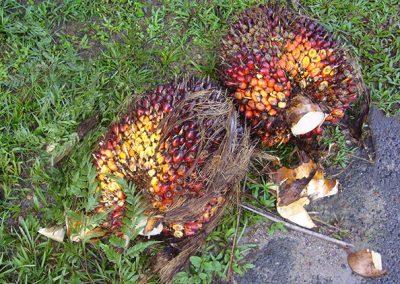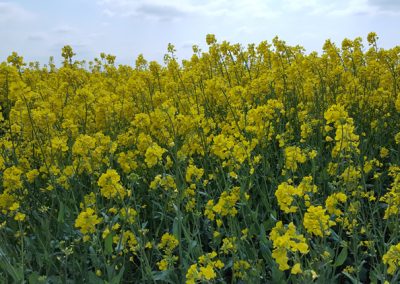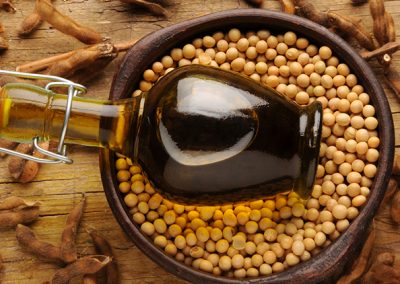
WAXES MATERIALS
The basic materials do not only consist of traditional waxes like beeswax and paraffin. The portfolio also includes microcrystalline waxes, synthetic waxes, polymers and polymer waxes, resin and rosin, vegetable and mineral oils, hardened vegetable oils, so called palm wax or rape seed wax, stearic acid and its esters and other fat and wax soluble base materials.
The careful selection of the base material is important for correct function of a wax or a wax blend.
Our portfolio of base materials includes nearly all fat and oil soluble materials. The target is, to formulate special waxes based on these materials. Every request is new and different and will consequently need another wax blend. Our developments and evaluations are using this portfolio, which is the fundamental for individual wax blends, formulations and solutions, which may contain five, ten or more of these materials.
Experience and results of many laboratory trials are available. Therefore the effect of combining these materials for a special application or the addition of a material into an existing formulation can be very well estimated. The following decription cannot enummerate all materials, even more are available on demand or upon a new request.
No question, the way of manufacture and background of these materials and their composition is well known. Further information refering to regulatory requirements, starting with REACH up to detailed data for the use in or on food, or for cosmetics, and questions referring to consumer protection are available.
Please follow us on an excursion into the variety of waxes and the possibilities offered by these materials. We are sure, you will find the solution to occuring questions and tasks in our portfolio. If not, please give us a call or write an e-mail. We will give advice and support you, to find materials or to evaluate a special wax blend for a specific application.
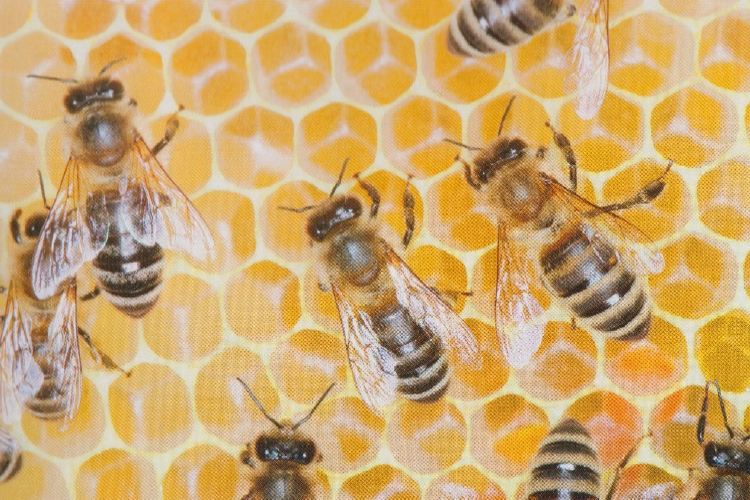
BEESWAX
filtered yellow or bleached white for technical application and for cosmetics and food

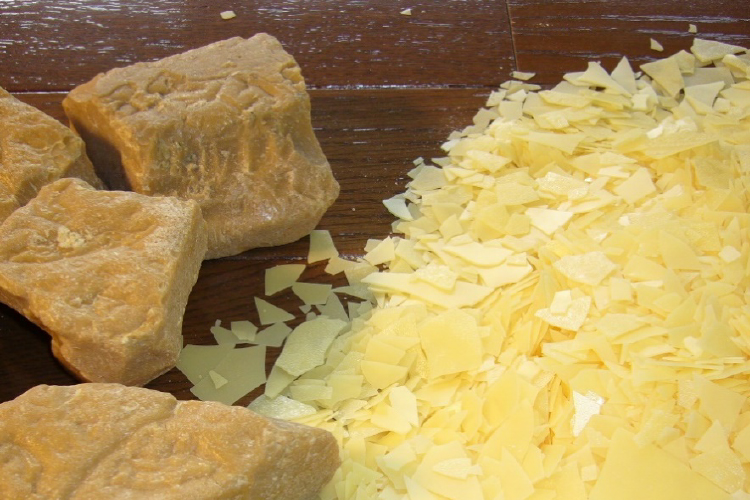
VEGETABLE HARD WAXES
Carnauba Wax
Candelilla Wax
Sugar Caine Wax, Rice Bran Wax, Sunflower Wax and others
These waxes are obtained from leaves or other residues of plants. Farming and harvesting are limited to specific geographic areas.
WAX ESTER based on fossile vegetable wax and wax esters obtained from natural waxes
Fossile vegetable wax, called montan wax, is a residue of brown coal; it is chemically bleached to obtain a line of hard ester waxes of long hydrocarbon chains. In the same way, other vegetable waxes can be treated to produce hard ester waxes.
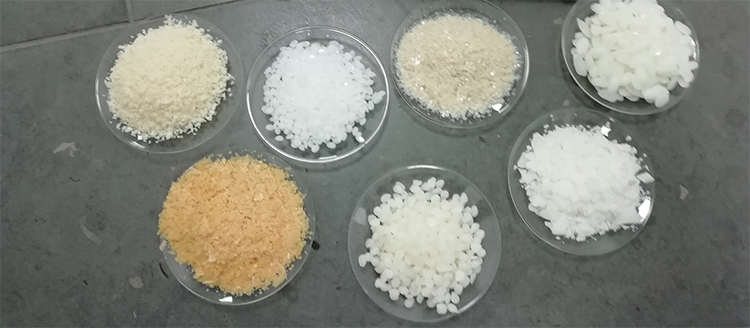
- PARAFFIN
- MICROCRYSTALLINE WAX
- OZOKERITE and CERESINE
waxes from mineral oil obtained as a side-product of the production and refining of lubricant oil. These are highly purified waxes, well approved for application in food and food contact, for cosmetics, for toys and many other applications.

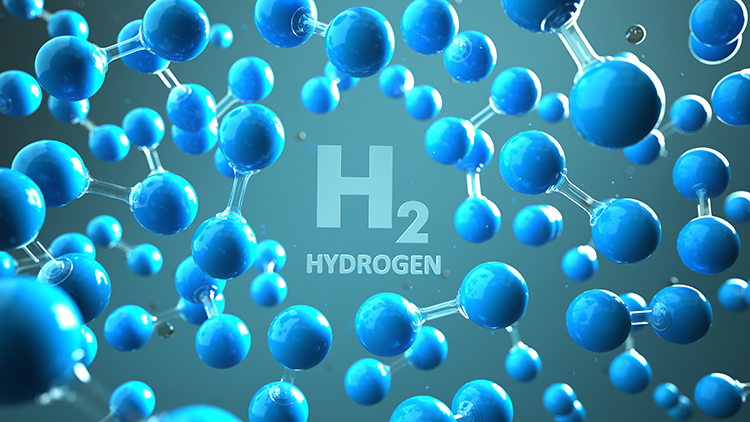
synthetic waxes
synthetic white neutral waxes providing a melting range from 50°C to 120°C, they are produced from mineral gas by FT-synthesis from H2 and CO2. Even though today it is not yet possible and seems very critical, but a synthesis by using green hydrogen is imaginable.
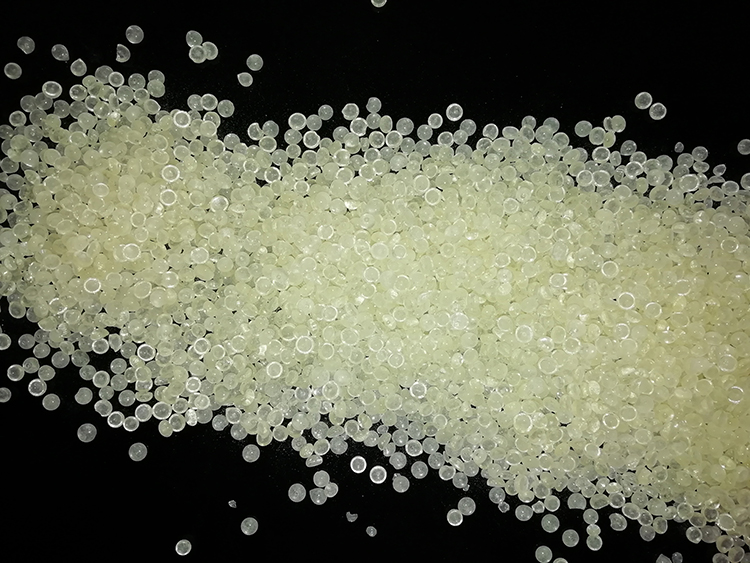
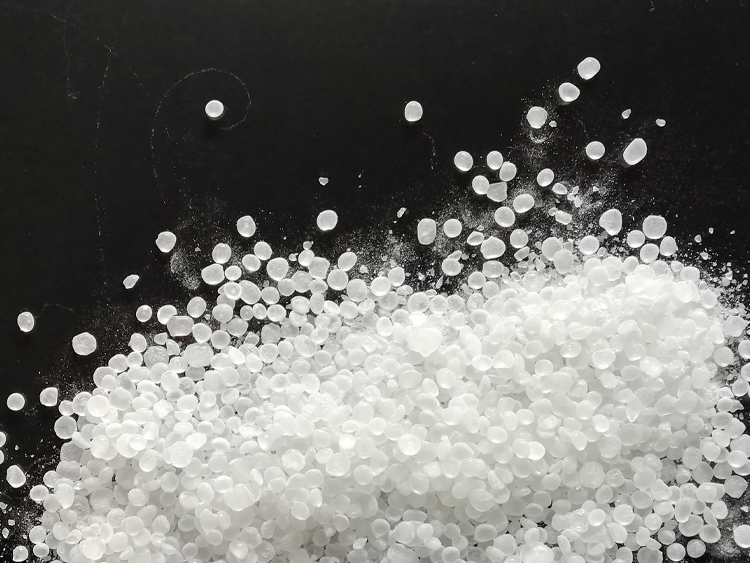
hydrocarbon resin
hydrocarbon resin C9
hydrocarbon resin C5
hydrocarbon resin C5 hydrotreated
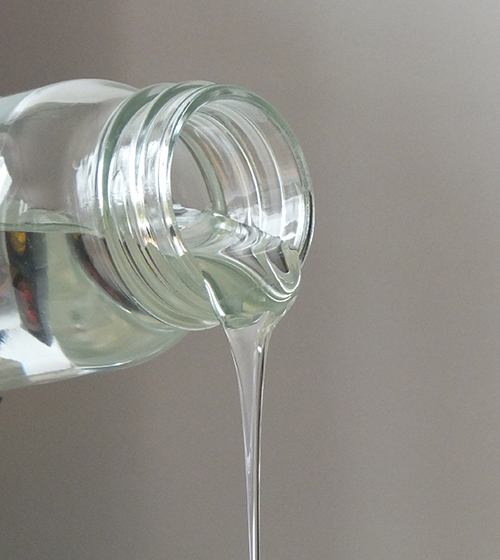
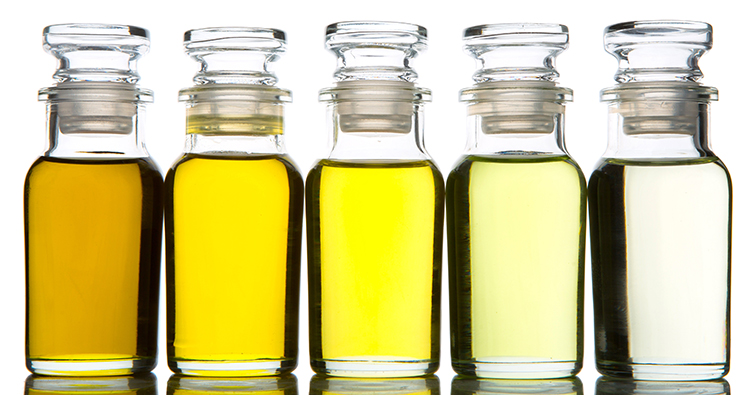
mineral and vegetable oils
fluid products as plasticizing component and for softening adjustment of waxes and wax blends
rosin based on natual colophonium
gum resin (colophonium) and its esters. Some of these materials are food approved.
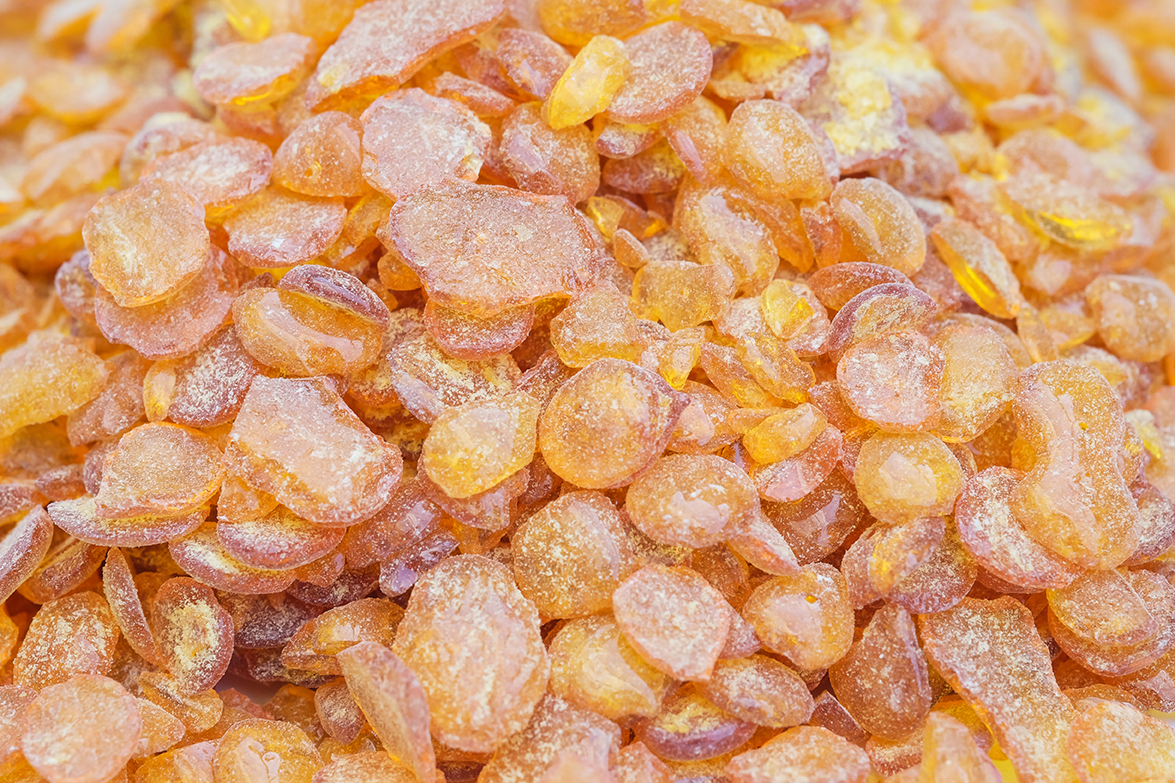
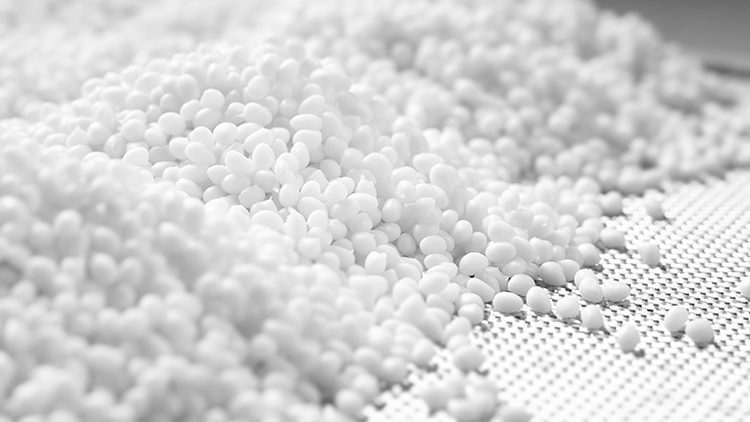
polymer-wax based on polyethylen, polypropylen, polyolefine, EVA
partially and fully hardened vegetable oils, so called palm wax, rapeseed wax, sunflower wax, soybean wax
vegetable oils are renewable raw materials and therefore they are considered sustainable and good. Farming and harvesting are always observed in a critical manner, if the farming of the plants may damage the rain forest, if the plant is genetically modified or if too many chemical products are used for the plant protection. Besides all this critisim, these materials are necessary for food production or to obtain important chemical raw materials.
stearic acid, fatty acid esters and other derivates from vetetable oils
fatty acids like stearic acid or palmitic acid are produced by splitting up the triglycerides of vegetable oils. In the following, the fatty acids are used as starting material to produce fatty acid esters and ester waxes. The molecular structure is determined by the hydrocarbon chain of the fatty acids.


